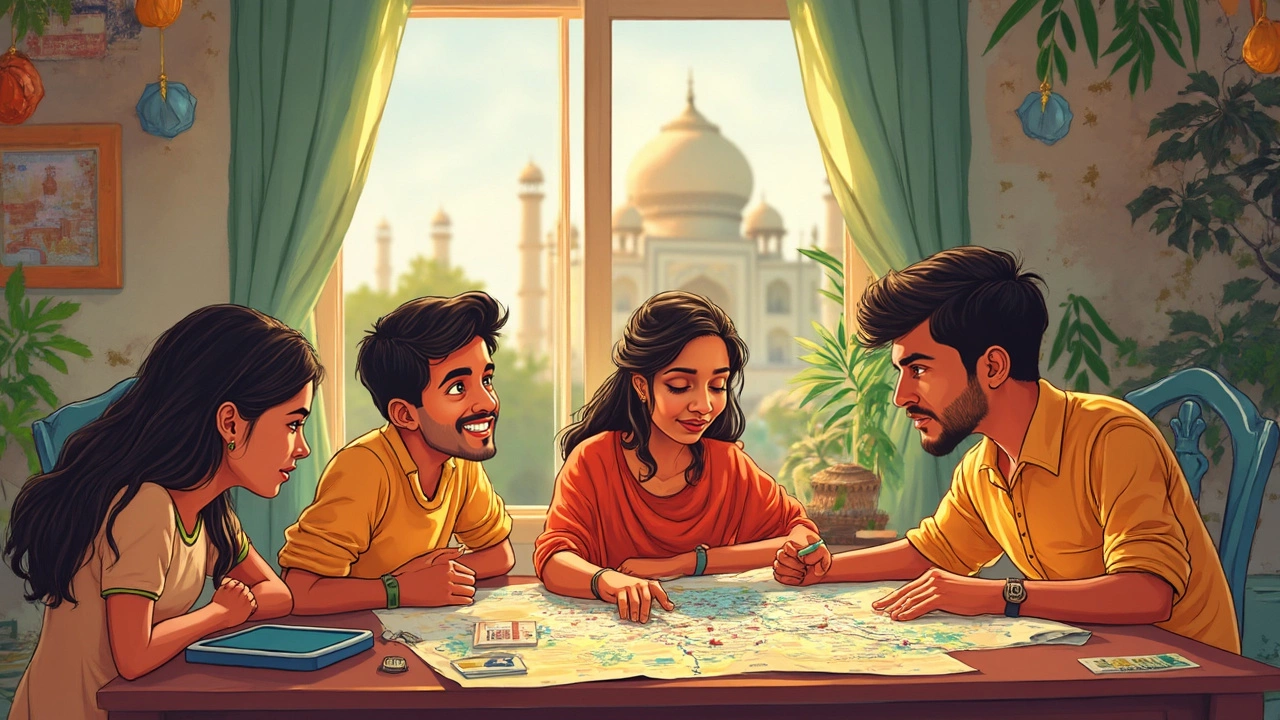Visiting Taj Mahal: What You Need to Know Before You Go
When you think of India’s most iconic landmark, it’s almost always the Taj Mahal, a white marble mausoleum built in the 17th century by Emperor Shah Jahan for his wife Mumtaz Mahal. Also known as the Monument of Love, it’s one of the New Seven Wonders of the World and draws over 7 million visitors every year. This isn’t just a building—it’s a symbol of grief turned into beauty, a feat of Mughal architecture, and a place where history feels alive under the morning sun.
Visiting the Taj Mahal isn’t like walking into a museum. You’re stepping into a living cultural experience. The marble changes color with the light—soft pink at sunrise, dazzling white at noon, golden at sunset. Locals say the best time to see it is just after dawn, when the crowds are thin and the air is still. But if you go midday, you’ll feel the heat, hear the chatter of tourists from every corner of the world, and see families picnicking on the lawns like it’s a Sunday park. The Agra, the city where the Taj Mahal stands, a historic hub of Mughal power and craftsmanship isn’t just a stop on the map—it’s a place where you can still find artisans carving pietra dura in-lay work, just like they did 400 years ago.
What most travelers don’t tell you? The Taj Mahal isn’t just about the main building. The gardens, the mosque, the guest house, the riverfront—all are part of the design. And if you’re planning to visit, you’ll need to know about the entry rules: no big bags, no drones, no food inside. You can bring water, but you’ll have to pay for a locker if you want to store your camera. The nearby UNESCO World Heritage Sites, a global list of culturally and naturally significant places protected by international agreement include other Indian treasures like the Red Fort and Humayun’s Tomb, but none match the Taj’s emotional pull.
People come here for different reasons—some for romance, some for history, others just because it’s on their bucket list. But if you’ve ever stood in front of something so perfect it makes you quiet, you’ll understand why. The Taj Mahal doesn’t need hype. It just needs you to show up, pay attention, and leave with more than a photo.
Below, you’ll find real stories and practical advice from travelers who’ve been there—what worked, what didn’t, and how to make your visit smoother, smarter, and more meaningful.
Delhi to Taj Mahal: Your No-Nonsense Guide to Getting There
Wondering how to get from Delhi to the Taj Mahal? This guide breaks down your travel options—train, car, bus, or even a helicopter—for anyone wanting a simple, direct answer. Get clear directions, what to expect, and tricks to make your visit smoother. No fluff, just practical advice for an easy trip. Stop worrying and start planning your journey to see India's most famous monument.
Read more